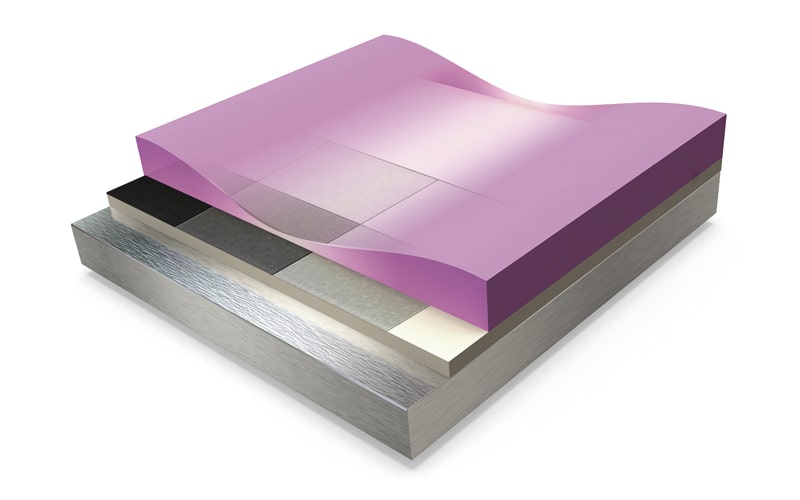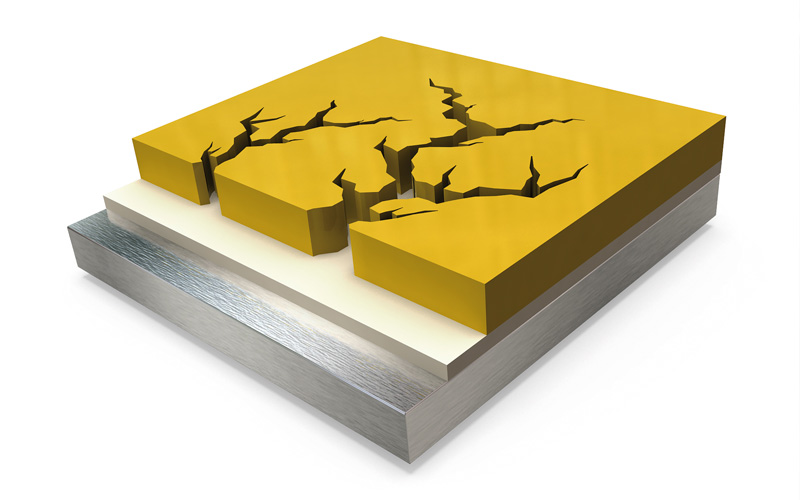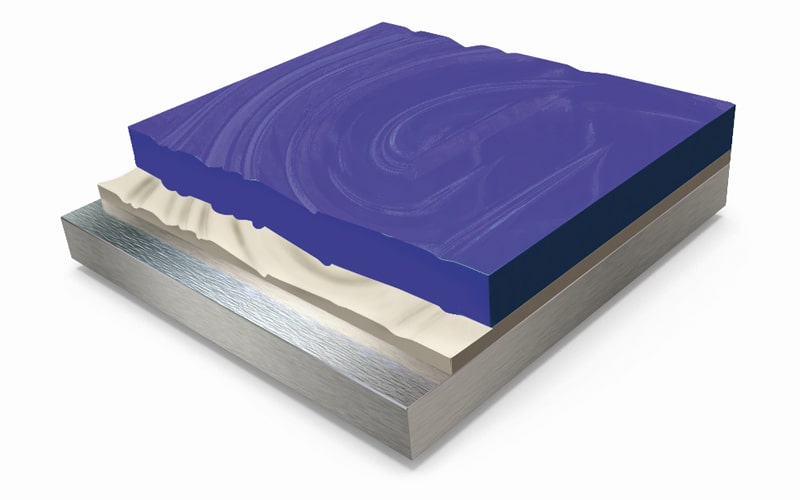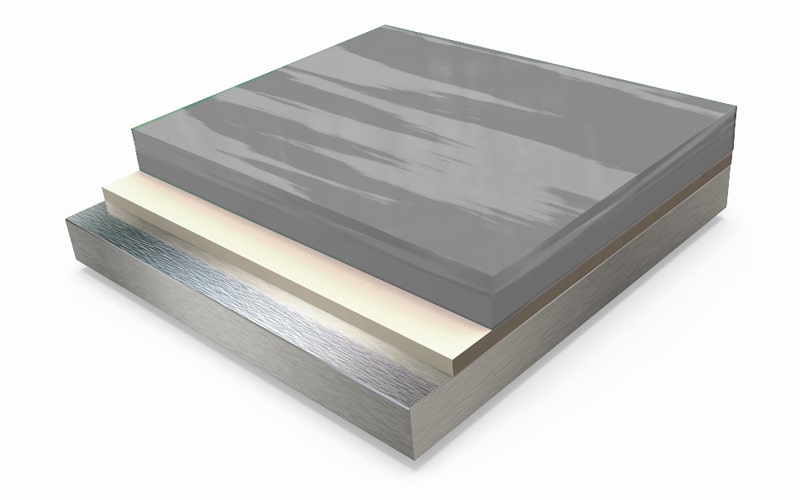PAINT DEFECTS
CAUSES AND SOLUTIONS TO PAINT DEFECTS IN THE BODYSHOP
There are different factors that can influence over a proper application. From SINNEK ACADEMY, we want to help the professional to identify possible paint defects in the bodyshop, to know the factors that originate them and to facilitate an efficient solution.

POOR HIDING POWER
Poor paint coverage causes the paint substrate or undercoat to become transparent, thus altering the final colour of the repaired part with respect to its adjacent parts.
In most cases, having a painting system with a high coverage and excellent colorimetry will be your best ally to prevent this application defect.

CRACKING
Cracking, also known as crazing, is a repainting defect that becomes visible especially when inspecting a vehicle’s surface, once the topcoat paint has dried.
In these cases, you will distinguish small cracks in the paint, which make the surface lack a correct finish or protection against external agents.
Faced with these situations, as professionals, you must learn and go deeper into the causes that give rise to the appearance of cracking in the paint, and what steps are to be taken to repair thecrackingin automotive paint.

SOLVENT BOILS
Solvent boils appear when the solvent in a coat is occluded under the outer surface of the topcoat that has dried.
That is to say, these are solvent particles that have not finished evaporating, and that have been trapped by another top layer that has evaporated faster and has dried.
To prevent this problem, you must pay special attention to the drying process, always considering the room temperature and following the drying times instructed for the product by the manufacturer.
> View Solvent Boils Paint Defect

SANDING MARKS
Sanding marks or grooves are a set of scratches that have not been covered or filled in with the paint coat. It is a paint defect that usually appears under the finish coat.
Superficie con marcas de lijado
Sanding marks are mainly caused by too coarse a sanding in the prepared areas or by a lack of paint filling power and levelling. Sanding grooves can arise individually, or together with other grooves on the surface.

SINKAGE
This application error occurs when the final coat of paint has dried and has a kind of surface sinkage in the repaired area. Sinkage is often related to an incorrect preparation of the intermediate coat, especially during the putty application phase, hence they are also called putty sinkage or patch marks.
Paint sinkage is an application defect that occurs in the paint’s surface coat, showing a kind of circle or sinking in the previously repaired area.
As mentioned, patch marks are often related to poor preparation and/or application of polyester putty.
CRATERING
Craters are defects in car refinishing that appear in intermediate layers and above all in the finish, giving rise to circular cavities that are very similar to the shape of a crater. In some cases, impurities can also be observed in the centre of the crater.
Superficie pintada con siliconas y crateres
The appearance may be different depending on where the craters are located, with flatter cavities in the top layer of the paint, up to severe moisture problems that penetrate to the substrate.
The main cause of their appearance is due to the lack of moisture of the substrate or base layer, leaving these visible, to a greater or lesser extent, depending on the surface tension.

CLOUDING
Paint clouding is a repainting defect that appears as a stain or streak with different shapes and shades in the finish paint. This causes irregularities in the colour’s intensity, resulting in some lighter and some darker areas in the repaired parts.
One of the main causes of the appearance of clouding in paint is an incorrect application of the finish paint, especially in metallic colours. An irregular arrangement and orientation of the metallic particles containing these colours will cause an irregular light reflection on the surface, resulting in the appearance of different saturations and intensities in the final colour.

GLOSS LOSS OR BLOOMING
Gloss reduction or loss in automotive paintwork occurs when a painted surface has a more matte and less glossy finish than required, with a different gloss intensity of the repaired surface compared to the rest of the parts.
Superficie perdida barniz
This is a defect that is easy to observe with the naked eye, even from a position far away from the surface, and that does not usually have surface irregularities as it can happen with other paint defects such as sinkage or silicones.


